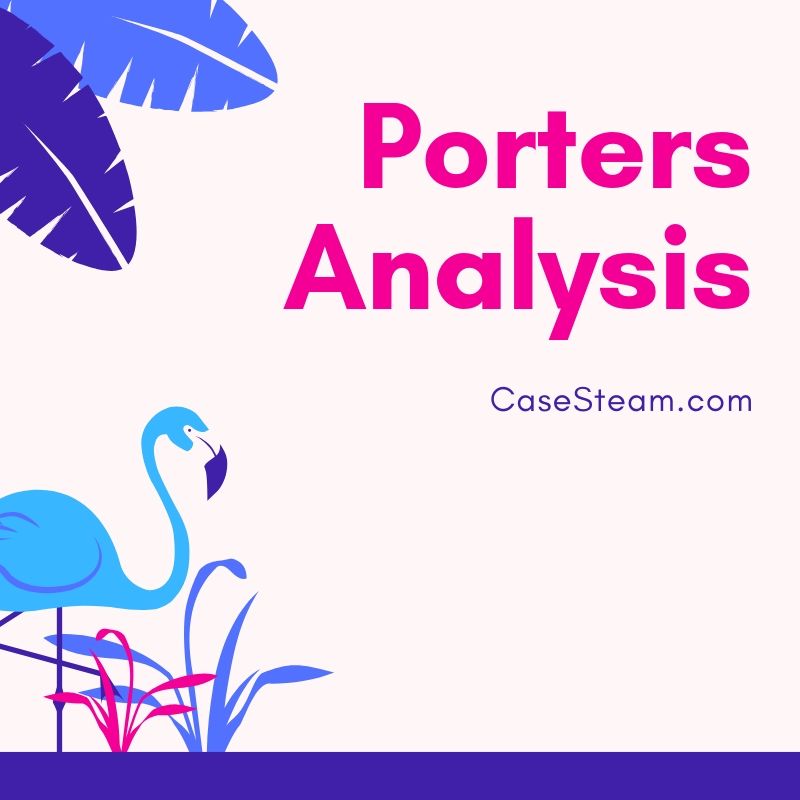Bargaining Power of Supplier:
The supplier in the Taiwanese Protection Of Intellectual Property In The United States sector has a reduced negotiating power despite the fact that the sector has supremacy of 3 players including Powerchip, Nanya and also ProMOS. Protection Of Intellectual Property In The United States producers are mere initial equipment suppliers in strategic alliances with international players for modern technology. The second reason for a reduced bargaining power is the fact that there is excess supply of Protection Of Intellectual Property In The United States units as a result of the huge range manufacturing of these dominant sector players which has reduced the cost each as well as boosted the negotiating power of the customer.
Threat of Substitutes & Degree of Rivalry:
The threat of replacements on the market is high offered the truth that Taiwanese makers take on market show to global players like Intel, Motorola, IBM, Hitachi, NEC, Toshiba, Samsung as well as Fujitsu. This shows that the marketplace has a high degree of competition where manufacturers that have design as well as advancement abilities together with producing experience may be able to have a greater bargaining power over the market.
Bargaining Power of Buyer:
The market is dominated by gamers like Micron, Elpida, Samsung as well as Hynix which additionally decrease the purchasing power of Taiwanese OEMs. The reality that these strategic players do not permit the Taiwanese OEMs to have accessibility to modern technology indicates that they have a higher negotiating power fairly.
Threat of Entry:
Risks of access in the Protection Of Intellectual Property In The United States manufacturing industry are low due to the truth that structure wafer fabs as well as buying equipment is very expensive.For just 30,000 units a month the resources requirements can vary from $ 500 million to $2.5 billion depending upon the dimension of the systems. In addition to this, the manufacturing needed to be in the current technology and there for new gamers would not have the ability to take on dominant Protection Of Intellectual Property In The United States OEMs (original devices producers) in Taiwan which had the ability to delight in economies of range. The current market had a demand-supply discrepancy and also so excess was already making it challenging to permit brand-new gamers to delight in high margins.
Firm Strategy:
The region's production companies have actually relied upon a strategy of mass production in order to decrease costs through economic situations of range. Considering that Protection Of Intellectual Property In The United States manufacturing uses conventional processes as well as conventional and also specialized Protection Of Intellectual Property In The United States are the only two groups of Protection Of Intellectual Property In The United States being produced, the procedures can easily utilize mass production. The industry has leading suppliers that have actually developed alliances in exchange for innovation from Oriental and also Japanese firms. While this has led to schedule of technology and also scale, there has actually been disequilibrium in the Protection Of Intellectual Property In The United States sector.
Threats & Opportunities in the External Setting
According to the internal and also external audits, possibilities such as strategicalliances with modern technology companions or development via merging/ acquisition can be discovered by TMC. Along with this, a relocation in the direction of mobile memory is additionally a possibility for TMC specifically as this is a niche market. Risks can be seen in the form of over reliance on foreign players for modern technology and also competition from the US as well as Japanese Protection Of Intellectual Property In The United States makers.
Porter’s Five Forces Analysis


